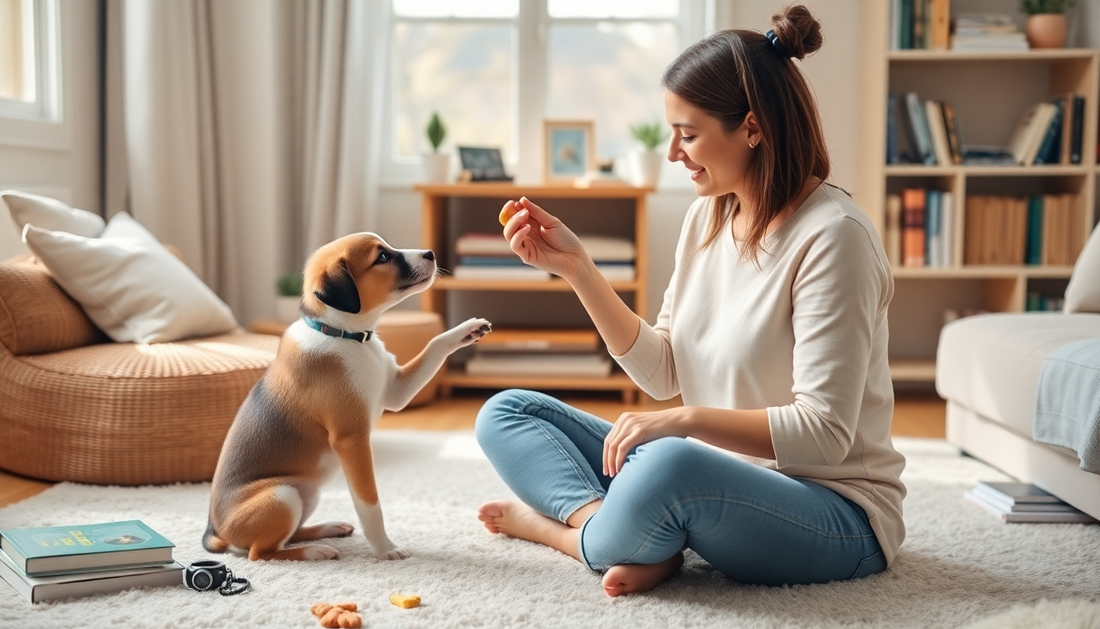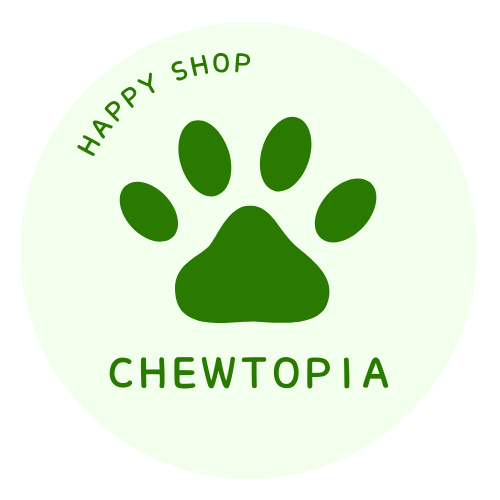
How to Train Your Dog: A Step-by-Step Guide for Beginners
Share
As a proud pet parent, you want nothing more than to have a well-behaved, happy, and healthy furry companion. Dog training is the key to achieving this, but it can seem daunting, especially for first-time dog owners. Fear not! In this comprehensive guide, we'll walk you through the essential steps to train your dog using positive reinforcement techniques.
Understanding Basic Dog Training Principles
Effective dog training is built on a foundation of consistency, trust, and clear communication. The most successful training methods focus on positive reinforcement, where you reward your dog for good behavior rather than punishing them for mistakes. This approach not only helps your pup learn faster but also strengthens the bond between you.
It's important to remember that every dog is unique, and their training needs may vary. Be patient, adaptable, and willing to adjust your approach as you get to know your canine companion. With time and dedication, you'll be amazed at the progress your dog can make.

Essential Training Equipment
Before you begin your training journey, make sure you have the right tools on hand. The essentials include:
- Treats: Keep a supply of your dog's favorite, high-value treats on hand to reward good behavior.
- Clicker: A clicker is a small, handheld device that makes a distinct clicking sound. It can be an effective way to mark the exact moment your dog performs the desired behavior.
- Leash and Collar: A well-fitting leash and collar are crucial for maintaining control and safety during training sessions.
- Training Mat/Space: Designate a specific area in your home or yard as the training space, and use a mat or rug to help your dog associate that spot with training time.
Step-by-Step Training Techniques
Now, let's dive into the core of dog training. We'll cover the essential commands and techniques to get you and your pup started on the right paw.
Basic Commands: Sit, Stay, Come
- Sit: Hold a treat near your dog's nose and slowly move it from their nose to their forehead, causing them to sit as they follow the treat.
- Stay: Once your dog has mastered the sit command, ask them to stay in that position while you gradually increase the distance and duration.
- Come: Start by standing a few feet away from your dog and call their name, followed by the "come" command. Reward them with a treat and praise when they reach you.
Leash Training
Proper leash training is crucial for your dog's safety and your peace of mind. Begin by getting your dog comfortable with the leash, allowing them to sniff and explore it. Gradually introduce short walks, rewarding calm behavior and gently correcting any pulling or tugging.
Addressing Common Behavioral Issues
Every dog is unique, and you may encounter specific behavioral challenges. Whether it's jumping up, excessive barking, or chewing, address these issues with patience and positive reinforcement. Consult with a professional trainer if you need additional guidance.
Common Training Challenges
As you embark on your dog training journey, you may encounter a few hurdles along the way. Remember, consistency and persistence are key. If you find yourself struggling, don't hesitate to seek help from a professional trainer or reach out to experienced dog owners in your community.
Recommended Training Schedule
Consistency is crucial in dog training, so aim to incorporate short, frequent training sessions into your daily routine. Start with 5-10 minutes per day, gradually increasing the duration as your dog becomes more comfortable and responsive.
It's also important to tailor your training schedule to your dog's age and stage of development. Puppies have shorter attention spans, so you may need to break up training into even shorter sessions. Older dogs may require more patience and a slower pace, but they can still learn new tricks with the right approach.

Conclusion
Embarking on the journey of dog training can be both rewarding and challenging, but with the right mindset and techniques, you and your furry friend can achieve amazing results. Remember to be patient, consistent, and always focus on positive reinforcement. Celebrate your dog's small victories, and enjoy the process of building a strong, trusting bond.
Happy training!
